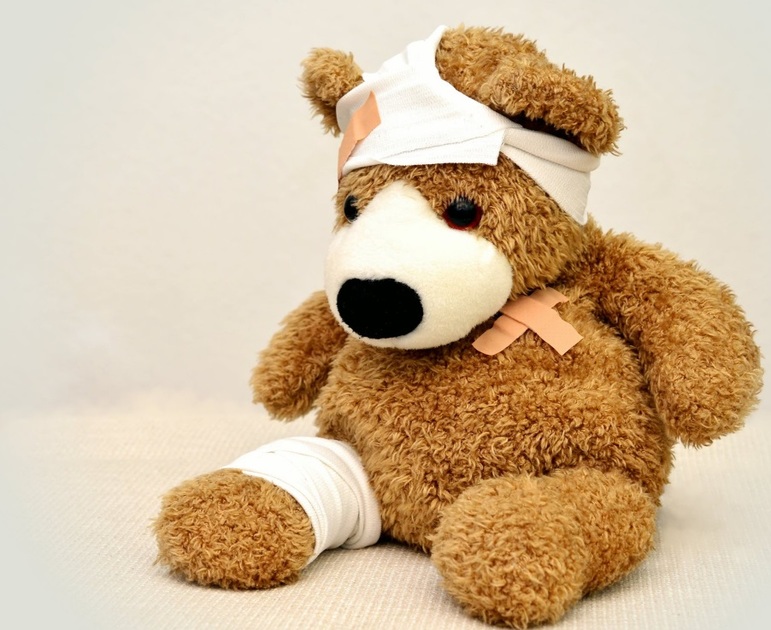
By David H. Rosmarin & Talia Kaplan
“Let bygones be bygones” is a fairly common phrase amongst adults. Indeed, it’s a sign of maturity to deal with the stresses of daily life without becoming overly limited or restricted by our past. In many instances, this is a useful approach for example, when arguing with a spouse it is typically helpful to only focus on the issue at hand instead of rehashing old arguments and missteps. Similarly, when friends make harsh or rude comments, it’s almost always best to simply give feedback and maintain the friendship instead of letting it sour the entire relationship.
However, certain areas of life are harder to heal from than others. One example is childhood sexual abuse (CSA). While many people do fully heal and recover from CSA, for many it can create lifelong struggles with relationships, emotions, and also religion.
Recently, together with Dr. Steven Pirutinsky (Touro College), Moses Appel (Hofstra Univeristy), and Dr. David Pelcovitz (Yeshiva University), we published a paper entitled Childhood Sexual Abuse, Mental Health, and Religion Across the Jewish Community (Child Abuse & Neglect, 2018). Our main findings were that incidence of CSA was the same among Orthodox Jews, whether Frum from Birth or Baalei Teshuva, and also among individuals who were raised and continue to be non-Orthodox. Among all of these groups, incidence rates were 20-33%. However, individuals raised Orthodox who left the fold of the community, reported three times as much CSA. Individuals with a history of abuse reported significantly higher levels of anxiety and depression, less wellbeing, and a 33% greater chance of having a psychiatric diagnosis. We also found that, across our entire sample, history of CSA was tied to less involvement in religion (i.e. lower levels of belief, identity and practice).
In other words: For many individuals, a history of CSA is not just a bygone. It can have a lasting impact on both mental health and religious development. Notably, our study was conducted among individuals ages 18-83 years old, suggesting that these effects can be long lasting after the occurrence of abuse.
In light of these findings, what can we do to help CSA victims to heal from abuse?
First, it is important to validate the experience of individuals who have experienced CSA. While some do heal and manage to move forward, many others do not. When a CSA victim needs ongoing therapy or other support into adulthood, it is not a sign of weakness, rather it is par for the course. Just because the abuse, or even “just” unwanted touching, happened decades ago, does not mean that its impact will magically disappear over time. For these reasons, when CSA victims struggle, just pretending that they are okay can exacerbate psychological distress and make it harder to cope in the present. Similarly, trying to push down memories of the past without acknowledging them, is rarely a good strategy. Typically, the distress will just pop up somewhere else.
Second, given the prevalence of CSA within our community and in general, it is crucial to pursue evidence-based treatments when victims are struggling. Regretfully, the world of psychotherapy is not as well established as that of oncology, cardiology, or other areas of healthcare, and there is diversity in clinical approaches to coping with trauma. While one size does not fit all when it comes to psychotherapy and not all treatments are equally effective for all people. One particularly well supported approach is exposure therapy. The general gist of this approach is that individuals are encouraged to approach, and not avoid, their memories, thoughts, feelings, and physical sensations associated with the trauma. The goal of exposure is acceptance, learning to acknowledge and accept the events of the past and maintain awareness of their impact on the present, yet look towards a brighter future.
Third, for CSA victims who have a sense of religious commitment, faith, and practice, an important question in this process is how has the abuse impacted their spiritual life? People often ask, “Why me?” or “What can I learn from my abuse?” Our findings suggest that CSA victims from across our community may struggle with these questions more than others. Indeed, in our study many individuals with a history of CSA underwent a profound religious change later in life. Nevertheless, we also found that involvement in religion was a protective factor against levels of anxiety and depression, and even against a psychiatric diagnosis. This latter finding was the same for individuals with and without CSA. Thus, despite the spiritual struggles that many CSA victims have (or perhaps because of these struggles), religious involvement can potentially be a part of the healing process. This is because turning to God for answers, praying for connection, or connecting to religious leaders for support, can all support the coping and healing process, especially when this occurs in conjunction with evidence-based treatment.
In sum, the process of healing from CSA is dynamic and complex. There are ups and downs that may last a lifetime. While there is no way to undo the past, acknowledging and accepting the past while harnessing religious support can be of help.
 Previous
Previous

